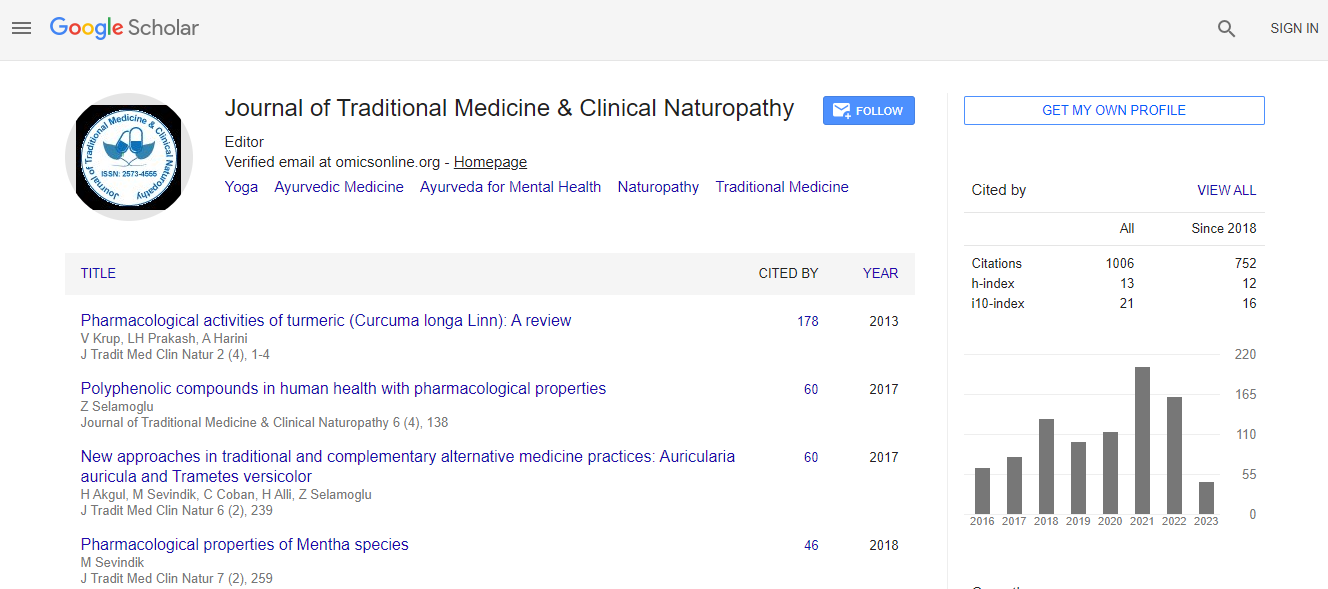Review Article
The Role of Plants in Human Welfare
Farhana Ijaz1, Zafar Iqbal1, Inayat Ur Rahman1,2, Niaz Ali1*, Ghulam Qadir1, M. Azhar Khan1, Aziz-ud-Din5, Abbas H. Shah2, Imtiaz Ali1, Saddam Hussain3, Anees Khan3, Muzammil Shah4 and Wasaf Sadiq5
1Department of Botany, Hazara University, Mansehra-21300, KP, Pakistan
2Department of Botany, Government PG College, Mansehra-21300, KP, Pakistan
3Department of Plant Protection, The University of Agriculture, Peshawar, KP, Pakistan
4Institute of Genetics and Cytology, Northeast Normal University, China
5Department of Genetics, Hazara University, Mansehra-21300, KP, Pakistan
- *Corresponding Author:
- Dr. Niaz Ali
Department of Botany
Hazara University
Mansehra-21300, KP, Pakistan
Tel: +92 3139435319
E-mail: niazalitk25@gmail.com
Received Date: March 25, 2017; Accepted Date: April 01, 2017; Published Date: April 06, 2017
Citation: Ijaz F, Iqbal Z, Rahman IU, Ali N, Qadir G, et al. (2017) The Role of Plants in Human Welfare. J Tradit Med Clin Natur 6:214.
Copyright: © 2017 Ijaz F, et al. This is an open-access article distributed under the terms of the Creative Commons Attribution License, which permits unrestricted use, distribution, and reproduction in any medium, provided the original author and source are credited.
Abstract
After literature survey, the ethno-botanical information reveals that plant species are widely used throughout the world for different purposes like for instance medicine, edible fruits, vegetables, ornamentals, fencing, fuel wood, timber wood, fodder, agricultural tools and structural materials etc. Whereby all the growth forms like herbs, shrubs, trees, climbers, epiphytes and trailers plays their role. Nonetheless, the most important concern is that most plant species due to their dire need, improper collection, overgrazing, deforestation, pollution and other anthropogenic influences are proceeding towards the door steps of IUCN categories. For example, some of the very important and precious medicinal plants like Valeriana jatamansi, Acorus calamus, Podophyllum hexandrum and Poeonia emodi are threatened due to their unwise collection by the residents for medicinal purposes. So, it could be concluded and recommended that during field visits conservation status of such important plant species must be kept in mind to conserve their generation and biodiversity for future.

 Spanish
Spanish  Chinese
Chinese  Russian
Russian  German
German  French
French  Japanese
Japanese  Portuguese
Portuguese  Hindi
Hindi 
